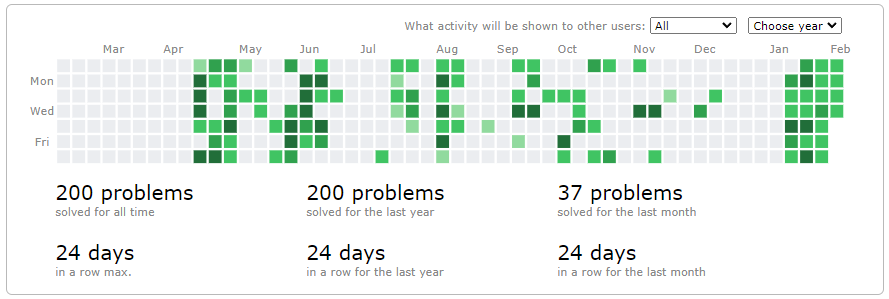There have been numerous occasions on which this community proved to be discriminating against <1400 rated people. Newbies on occasions post the exact same blogs/comments as grandmasters, but get downvoted to oblivion while the grandmasters get upvoted to oblivion. Isn't this unfair? My blogs are also proof of that, I posted blogs which had no errors, no grammatical mistakes and even provided useful information yet they still got downvoted.
I urge every community member to be understanding towards lower ratings, because they're literally the future of codeforces.












